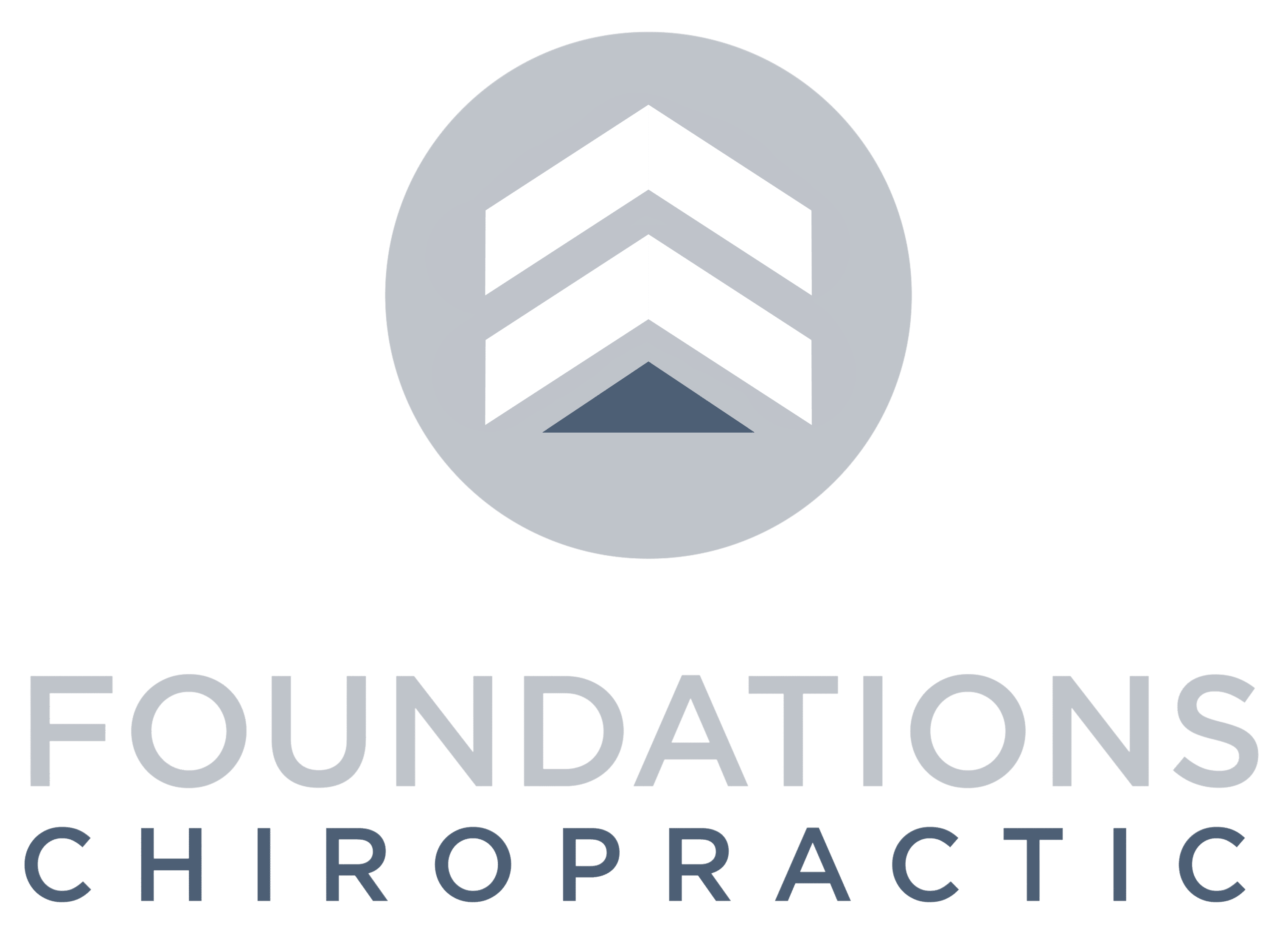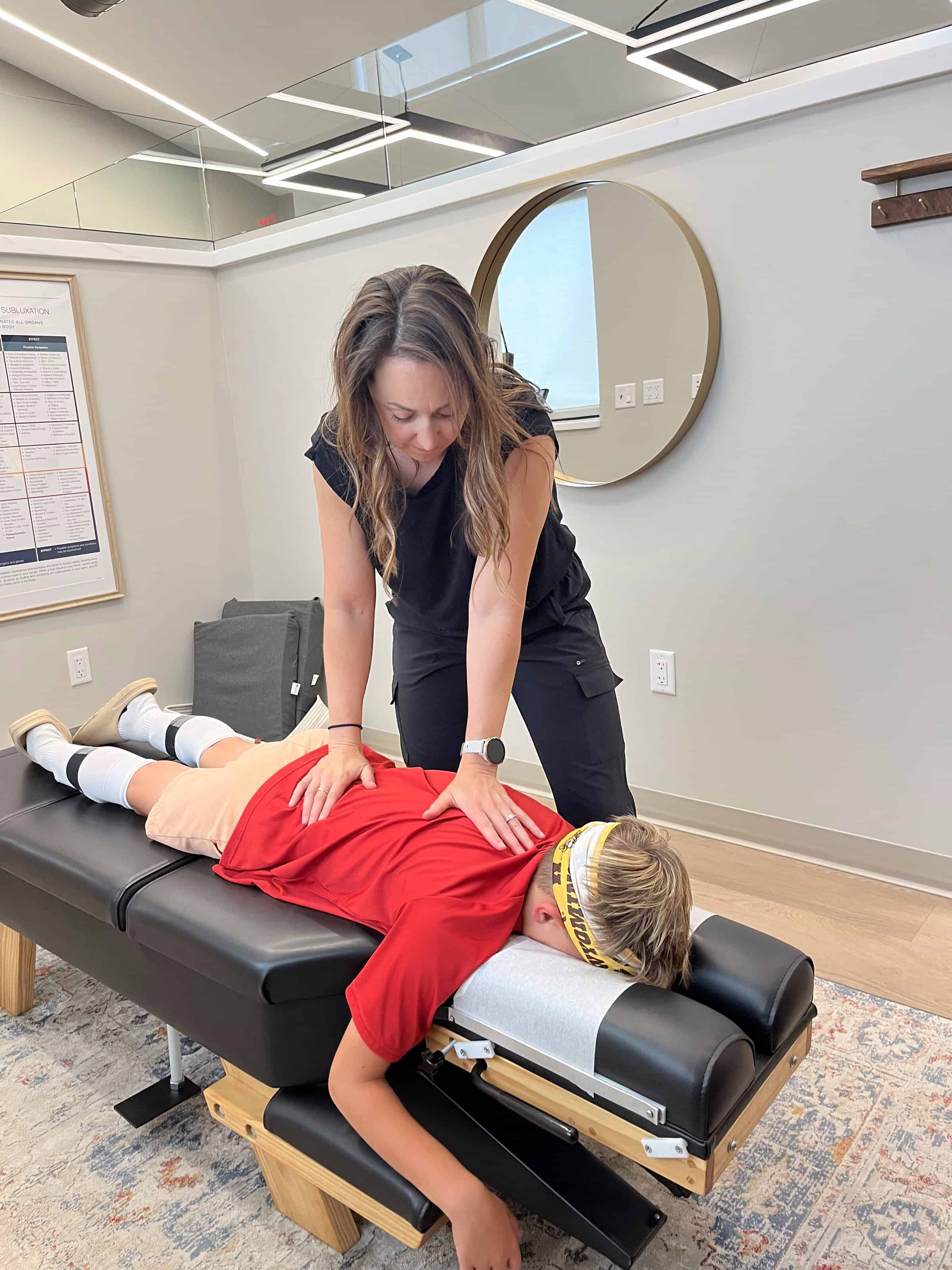If you’re a parent navigating the emotional rollercoaster of adolescence, you’re not alone in wondering: What’s happening to our teens?
Maybe your once bright, confident child now struggles to get out of bed, avoids friends, or constantly feels overwhelmed. You’ve likely been told it’s “just hormones” or handed a prescription—yet deep down, you know there has to be more to the story. And you’re right.
We are in the middle of a youth mental health crisis. The latest CDC data reveals that nearly 1 in 2 high school students reports persistent feelings of sadness or hopelessness. Even more alarming, 1 in 3 teenage girls has seriously considered suicide.
While teen pregnancy and substance use have decreased, anxiety and depression have doubled over the last decade. Clearly, something deeper is going on—and it’s time we start asking the right questions.
It’s Not Just in Their Heads—It’s in Their Nervous Systems
Traditional approaches often focus on managing symptoms through talk therapy or medication designed to “balance brain chemicals.” While these strategies can provide relief, they rarely address the root cause: a dysregulated nervous system.
The truth is, emotional resilience and mental health begin in the Autonomic Nervous System—the part of the brain and body connection that controls our stress response, digestion, sleep, and even emotional regulation. When this system is out of balance, it creates the perfect storm for anxiety, depression, and emotional overwhelm.
This chronic stress state is called dysautonomia, and it’s far more common in teens than most people realize.
Understanding the Nervous System: Fight, Flight, or Heal?
The Autonomic Nervous System is made up of two key branches:
- The Sympathetic Nervous System (“fight or flight”): Activates during stress, preparing the body to respond to danger.
- The Parasympathetic Nervous System (“rest, digest, and regulate”): Calms the body and restores balance, largely through the vagus nerve.
In teens struggling with anxiety and depression, we often see an overactive sympathetic system—like the gas pedal is stuck—and an underactive parasympathetic system—like the brakes just aren’t working. This imbalance keeps their bodies in a state of constant stress, no matter how “safe” their environment might be.
The Real Root: How Subluxation Disrupts Mental Health
This imbalance isn’t just theoretical—it can be measured and corrected.
One of the most common (yet overlooked) contributors to dysautonomia is subluxation: stress and tension in the spine that interferes with brain-body communication, especially in the upper neck and brainstem where the vagus nerve begins. Subluxation distorts how sensory information is processed, directly impacting a teen’s ability to regulate emotions, manage stress, and feel grounded.
Research also shows that low vagal tone (reduced activity of the vagus nerve) is strongly linked with difficulty regulating emotions, poor digestion, and heightened sensitivity to stress.
This is where Neurologically-Focused Chiropractic Care becomes a game changer.
What’s Causing This “Perfect Storm” in the First Place?
For many teens, dysregulation began long before the symptoms showed up. This is what we call The Perfect Storm—a combination of early life stressors that overwhelm the developing nervous system:
- Prenatal stress: Maternal anxiety, trauma, or inflammation during pregnancy affects fetal nervous system development.
- Birth interventions: C-sections, forceps, and other traumatic deliveries can create early subluxations, especially in the upper neck.
- Childhood stressors: Repeated ear infections, antibiotic use, injuries, and toxin exposure continue to build dysregulation.
- Modern lifestyle: Constant screen time, poor sleep, inactivity, processed foods, and social media comparison exacerbate stress levels—especially during vulnerable adolescent years.
Combine these layers with a rapidly developing teenage brain (where emotional centers mature faster than regulatory centers), and you’ve got a recipe for chronic overwhelm.
Signs Your Teen May Be Stuck in a Stress State
It can be difficult to tell what’s normal and what’s not when it comes to adolescence. But if your teen shows several of these signs consistently, their nervous system may be stuck in survival mode:
Physical Symptoms:
- Trouble falling or staying asleep
- Frequent headaches, stomachaches, or body pain
- Sudden changes in appetite or weight
- Restlessness or fatigue that sleep doesn’t fix
Emotional Symptoms:
- Persistent sadness, hopelessness, or irritability
- Loss of interest in previously loved activities
- Feelings of worthlessness or guilt
- Excessive worry or panic attacks
Behavioral Changes:
- Withdrawing from family or friends
- Academic struggles or loss of motivation
- Avoiding social situations
- Risk-taking or self-harming behaviors
These symptoms are the nervous system’s SOS signals—not flaws in your child’s character or personality.
How We Help: A Natural, Neurological Approach
At Foundations Chiropractic, we don’t treat anxiety or depression—we support the nervous system so it can do what it was designed to do: self-regulate, adapt, and heal.
Using our advanced INSiGHT Scanning Technology, we measure:
- Heart Rate Variability (HRV) to assess stress and balance in the nervous system
- Surface EMG to detect areas of muscular tension and exhaustion
- Thermal scanning to identify patterns of imbalance and nerve interference
From there, our doctors create a customized care plan with precise adjustments to:
- Release tension and restore balance to the nervous system
- Reduce sympathetic dominance (the “fight or flight” stuck state)
- Stimulate parasympathetic activation via the vagus nerve
As balance is restored, we often see improvements in:
- Sleep quality
- Focus and academic performance
- Emotional resilience
- Energy and mood stability
- Digestive function
Parents frequently tell us, “It feels like we have our child back.”
Supporting Your Teen Beyond the Adjustment Table
In addition to neurologically-focused care, these lifestyle shifts can support regulation and resilience:
- Prioritize sleep: Aim for 8–10 hours with consistent routines and device-free wind-down time.
- Encourage movement: Daily exercise, especially outdoors, helps burn off stress hormones.
- Nourish the gut: Whole foods, omega-3s, fermented foods, and minimal sugar support the gut-brain axis.
- Create connection: In-person time with friends and family strengthens co-regulation and emotional support.
There Is Hope—And It Starts With the Nervous System
Adolescence is a time of profound growth, and with that comes immense opportunity for healing. The same neuroplasticity that makes teens vulnerable also makes them highly responsive to care that addresses the nervous system directly.
If your teen is struggling and you’ve tried everything else… it may be time to look under the surface.
We’d love to walk alongside your family, assess your teen’s nervous system function, and help you explore drug-free, root-cause-based care that brings lasting transformation.
💛 Because your child deserves more than just surviving the teen years—they deserve to thrive.

